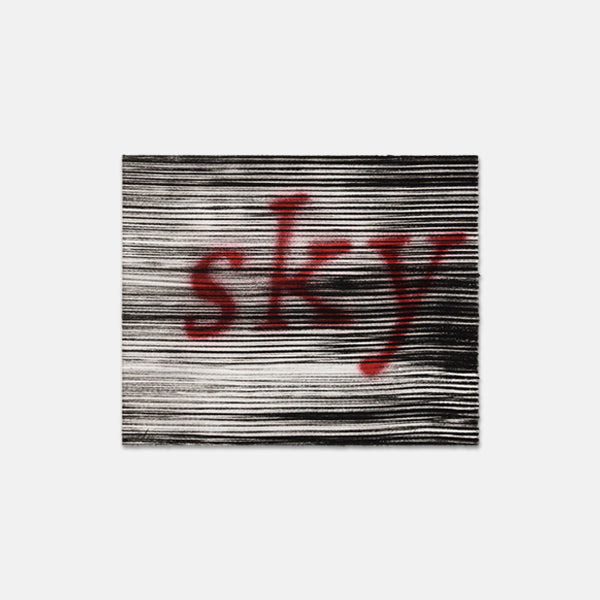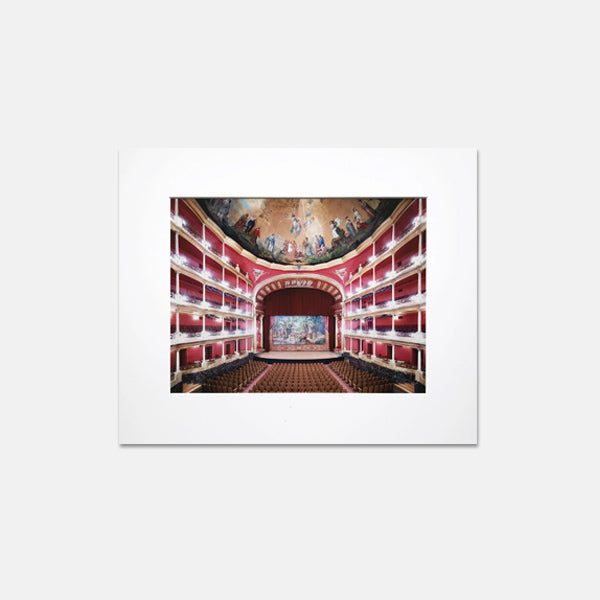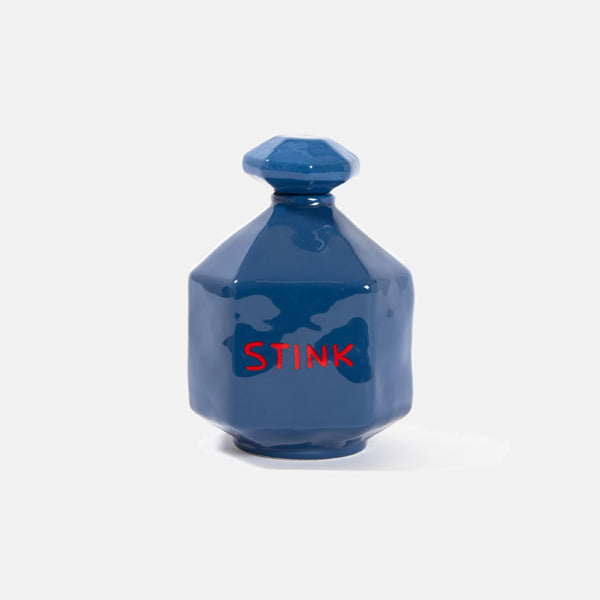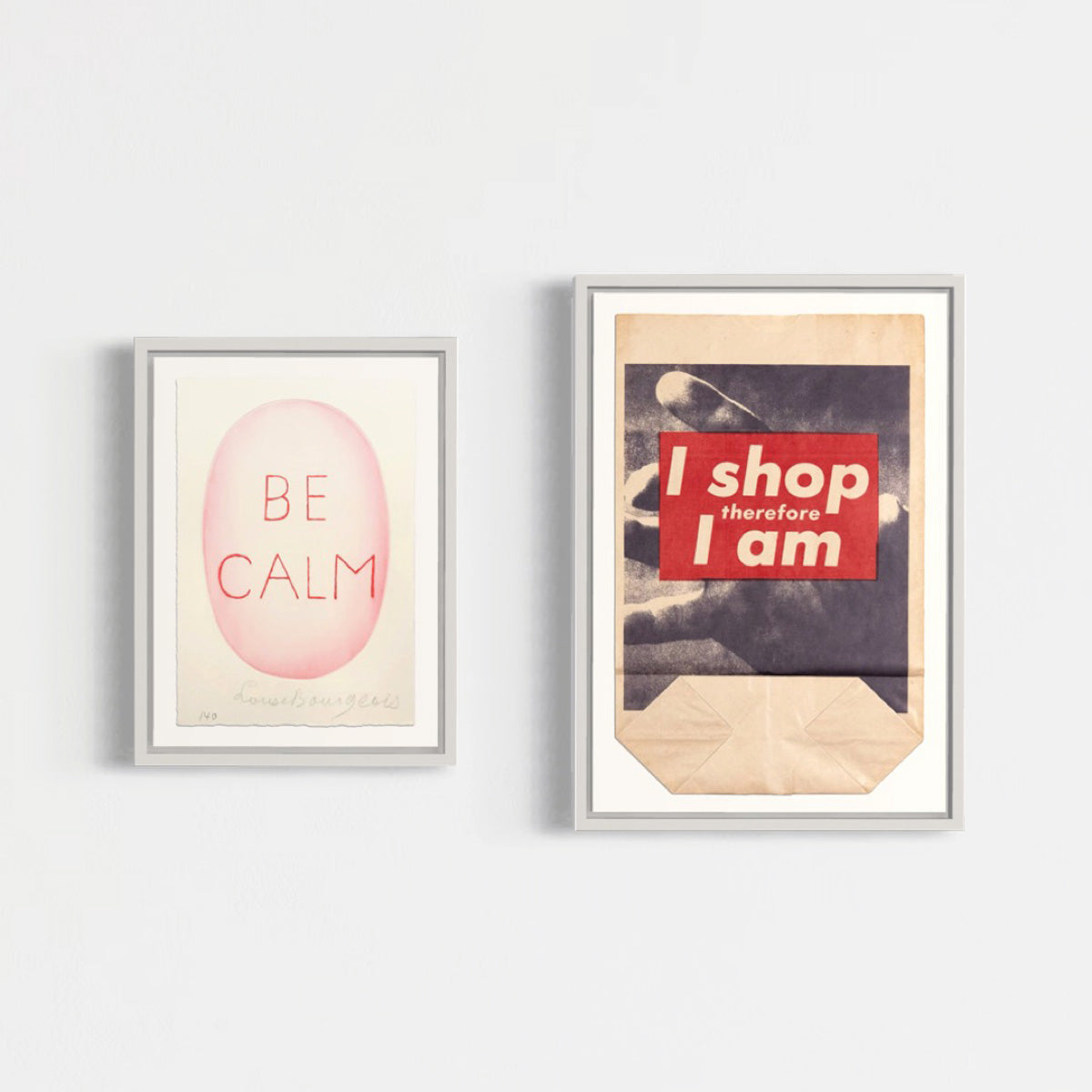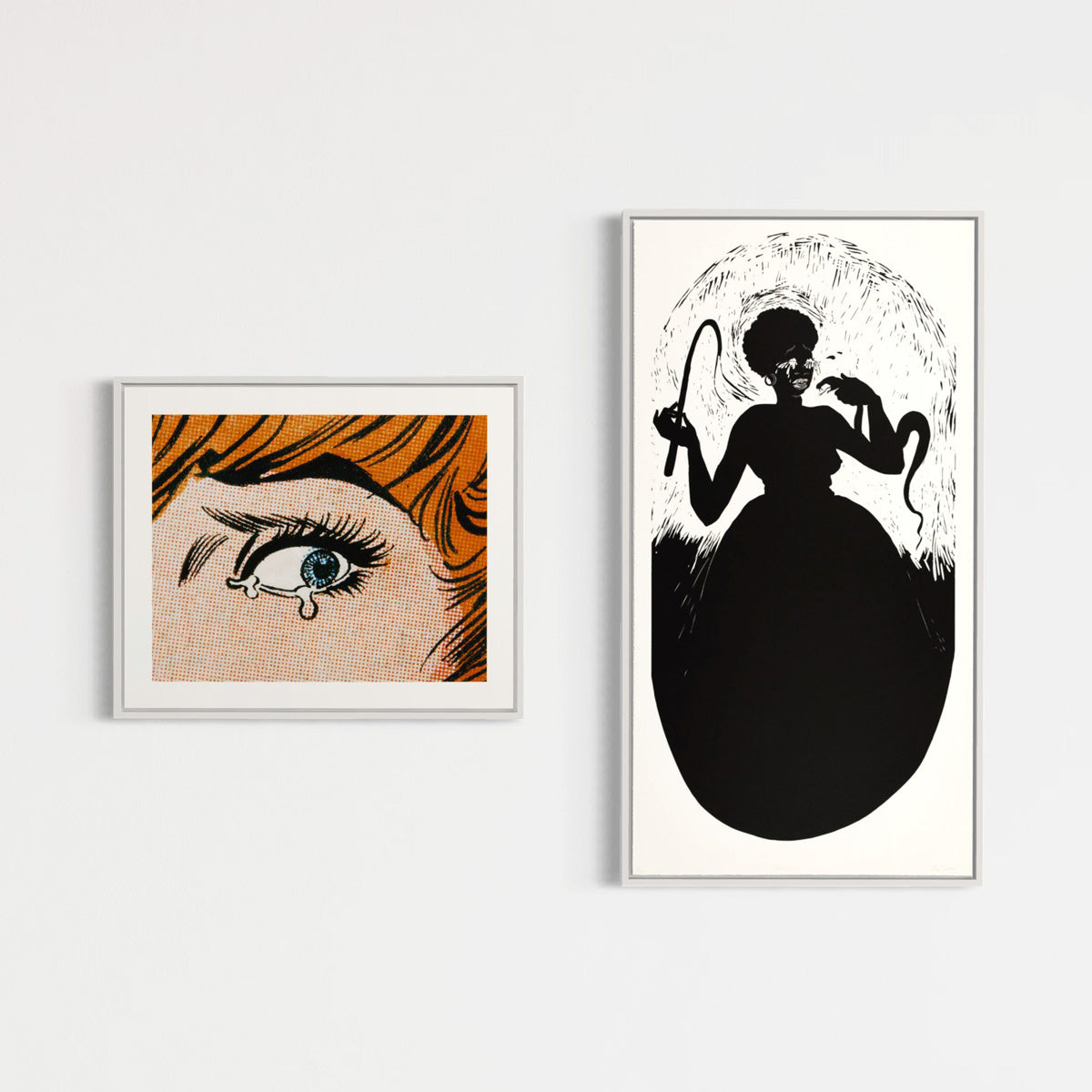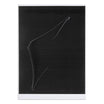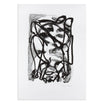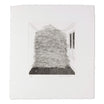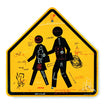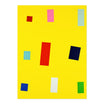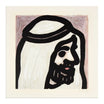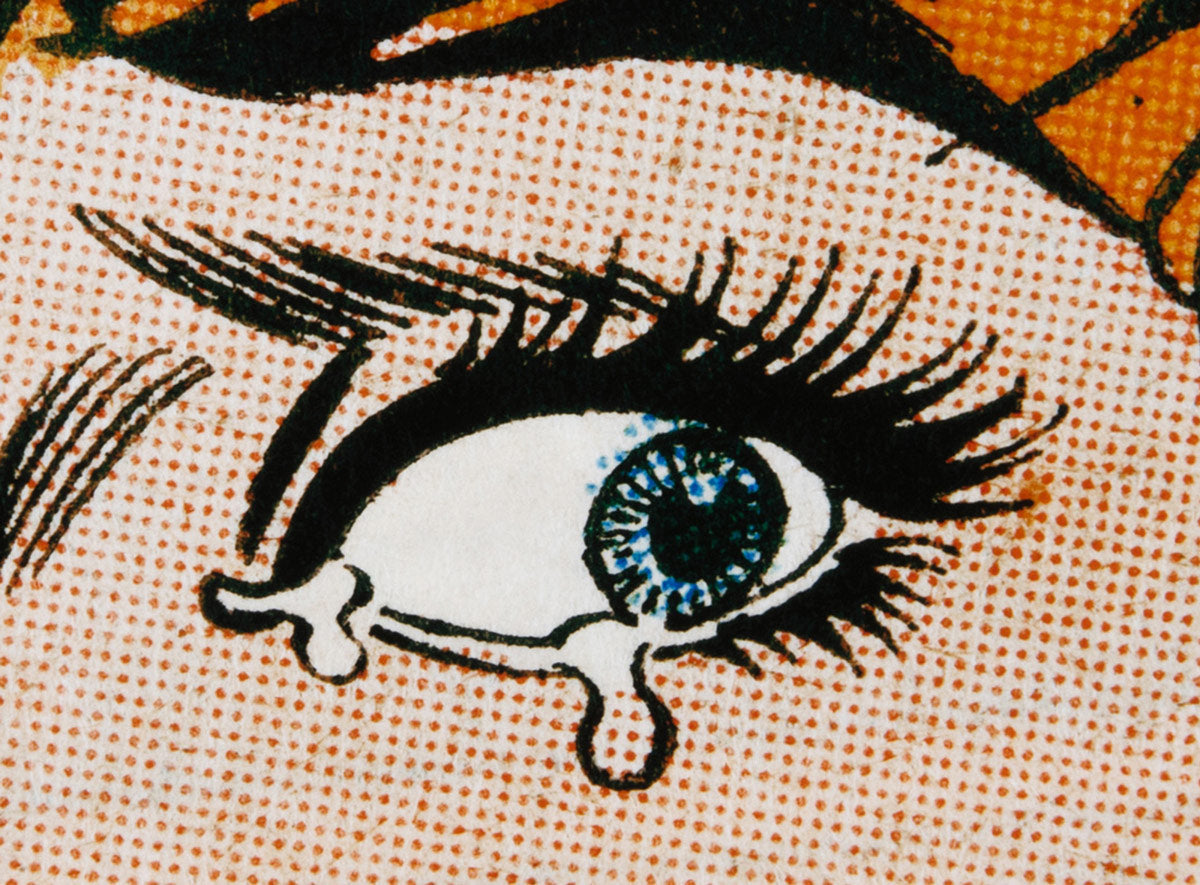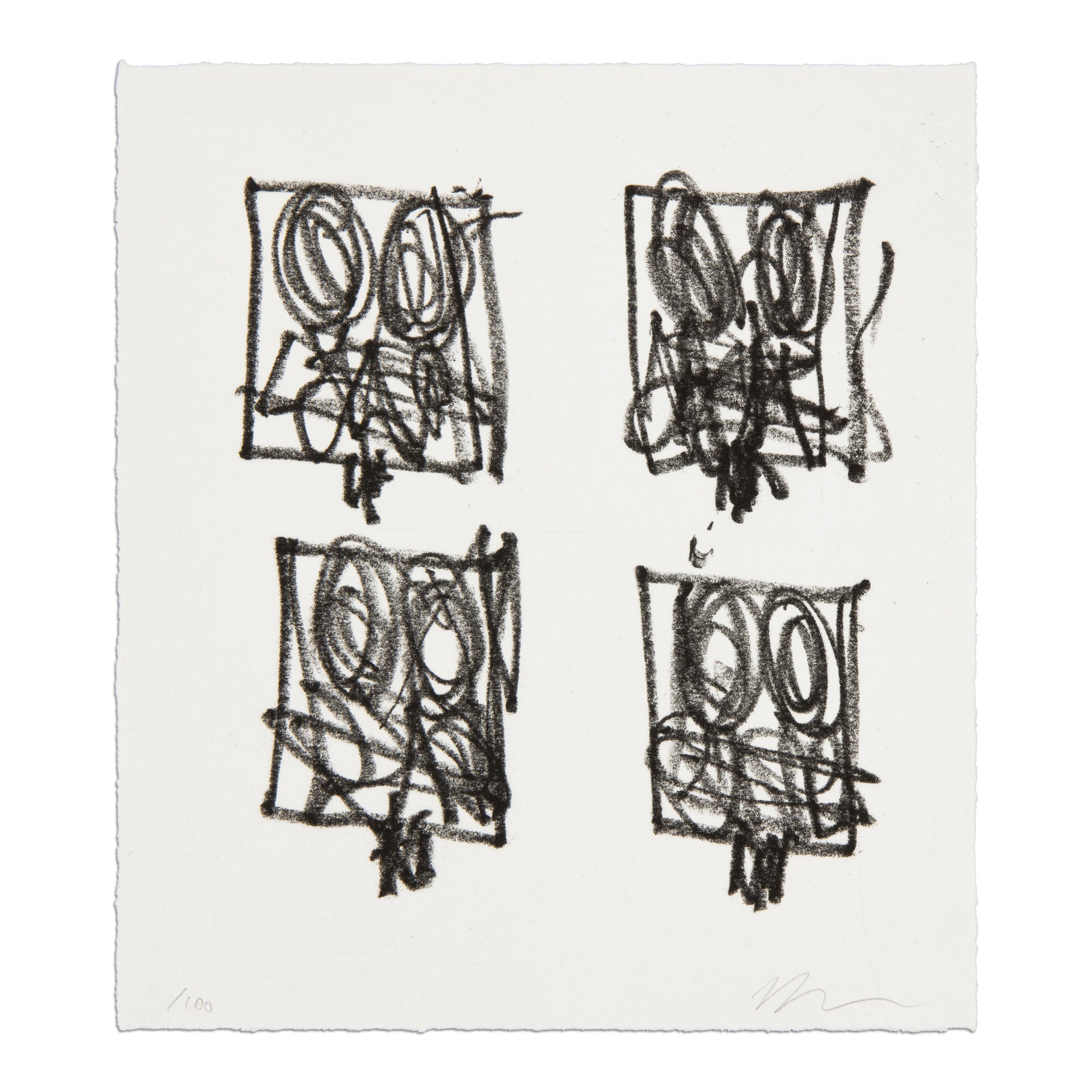
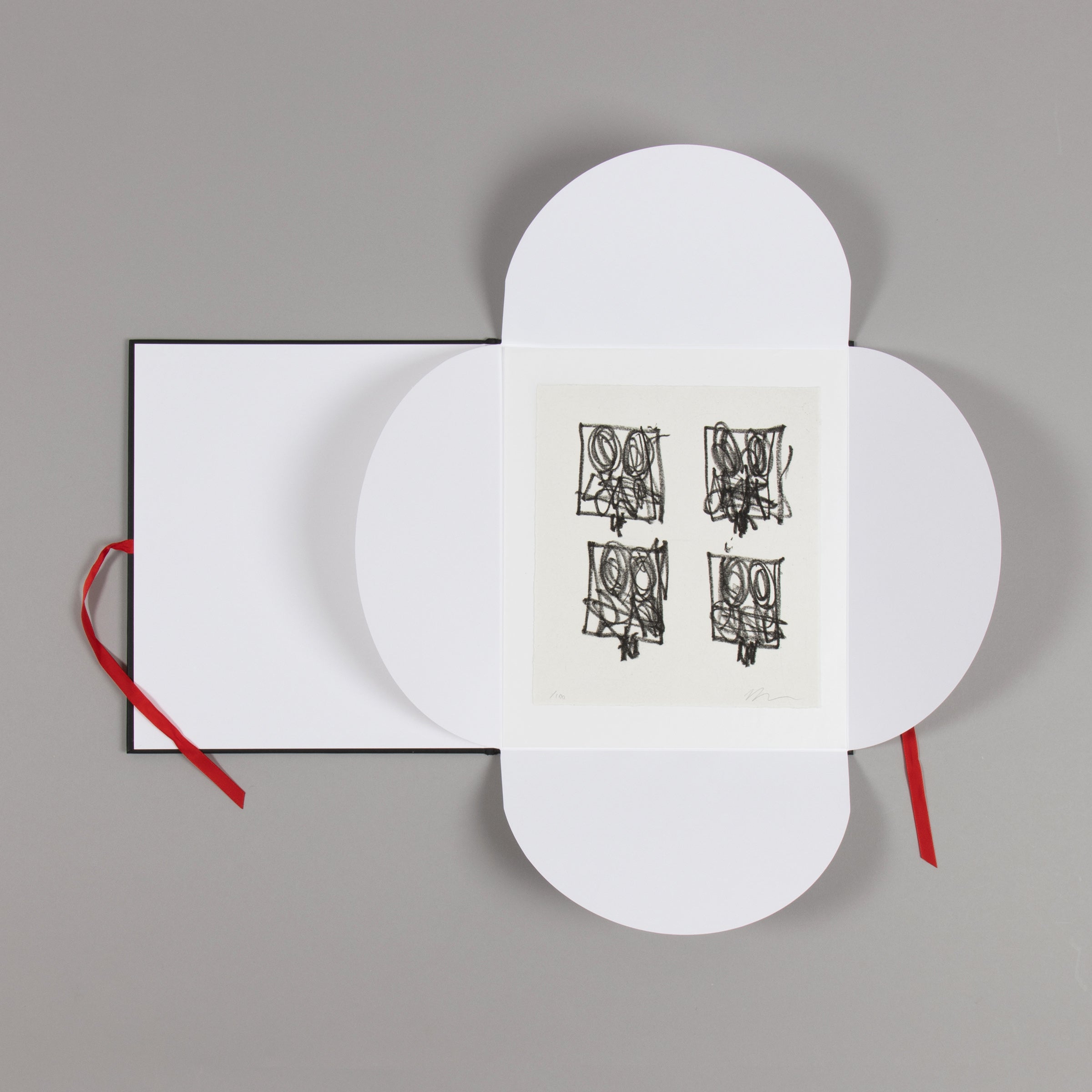
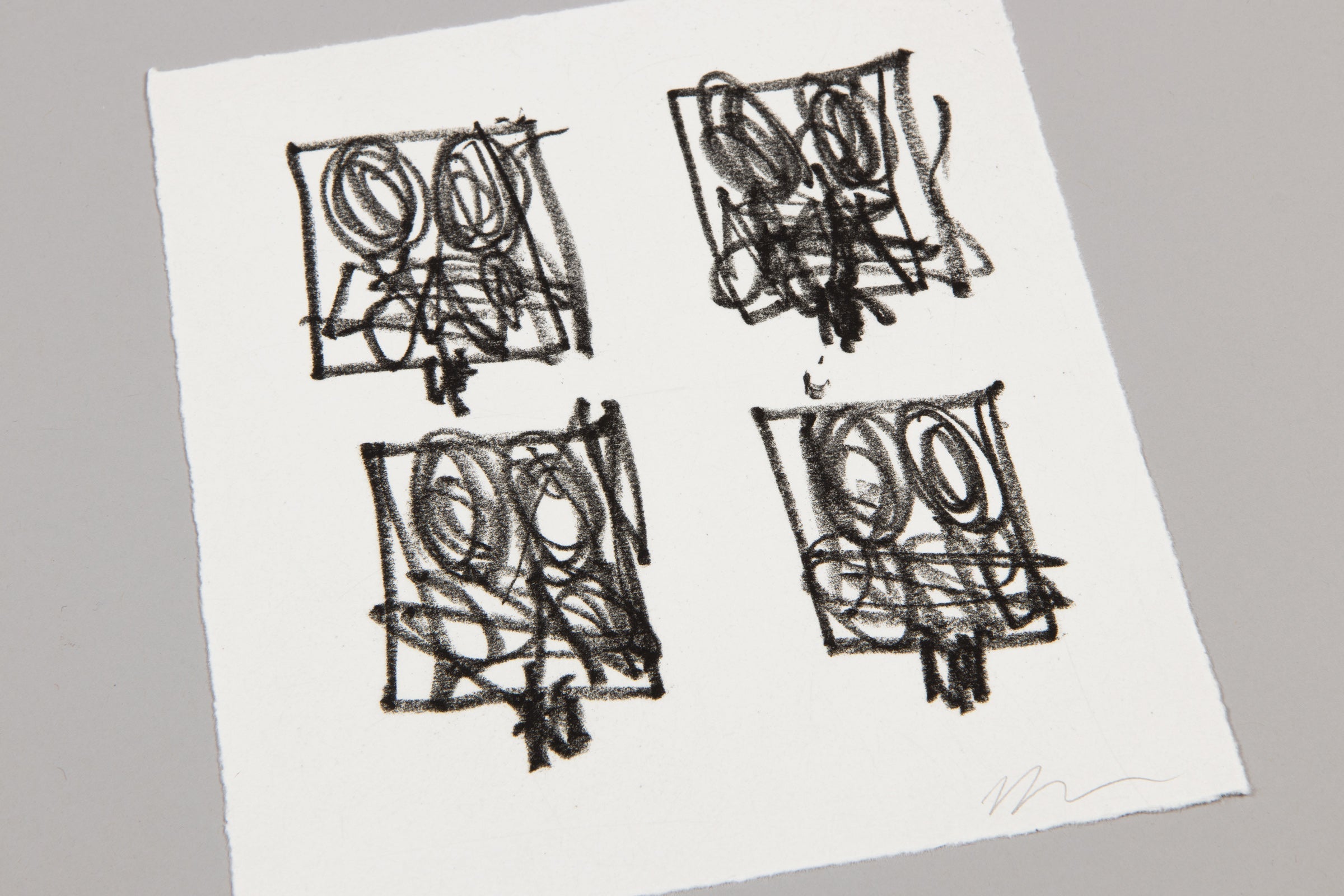
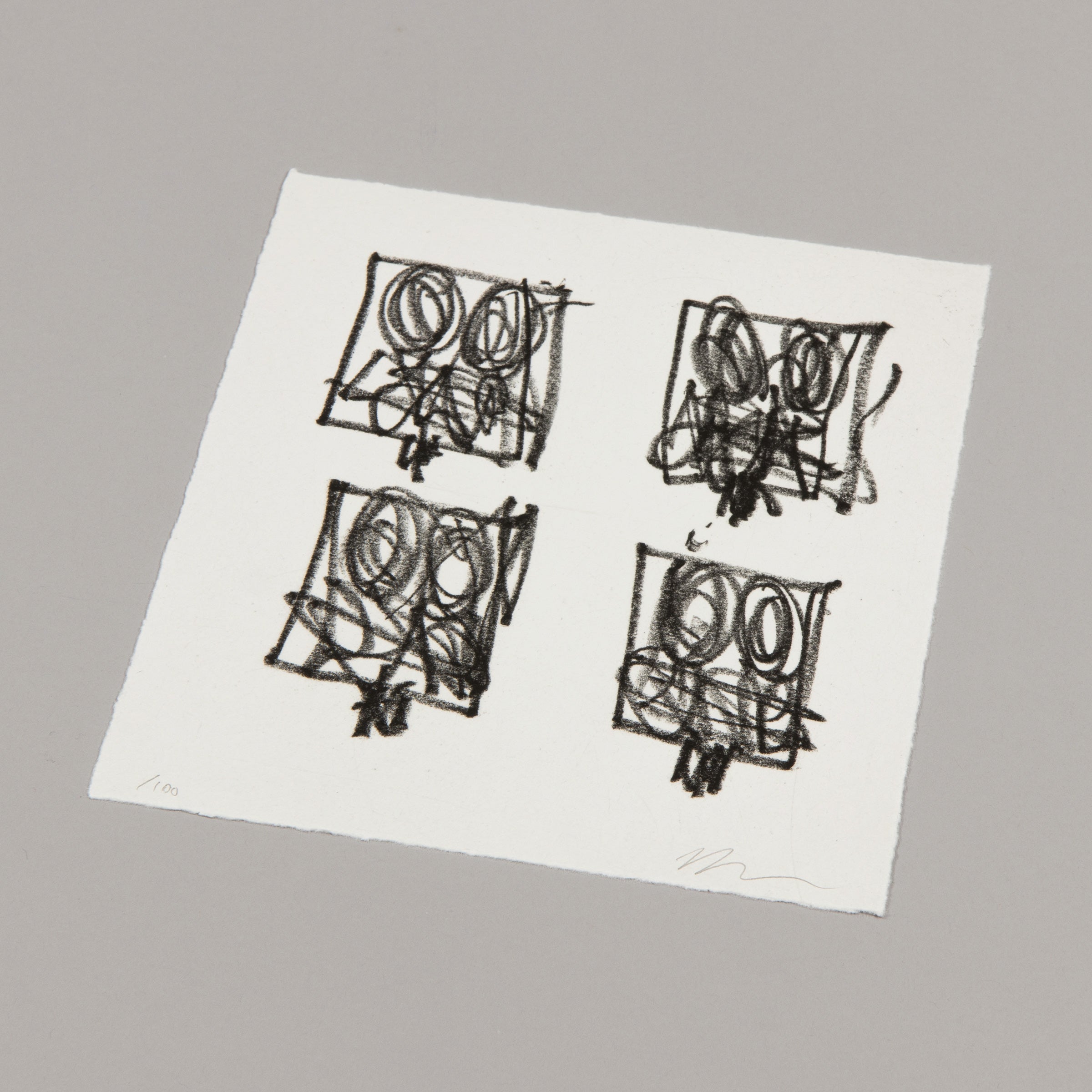

Rashid Johnson - Untitled Anxious Print
Taxes included. Shipping calculated at checkout.
Rashid Johnson (American, b. 1977)
Untitled Anxious Print, 2023
Medium: Etching on wove paper (in original portfolio case, accompanied by hardcover book)
Sheet dimensions: 22.8 x 20.4 cm (9 x 8 in)
Portfolio dimensions: 38.2 x 32.5 x 60 cm (15 x 12⅜ x 2⅜ in)
Edition of 100: Hand-signed and numbered in pencil
Condition: Mint
Artwork details
Rashid Johnson’s Untitled Anxious Print is a visceral and expressive limited edition print that features a chaotic grid of four faces, each drawn with thick, aggressive lines that convey a deep sense of anxiety and unrest. The repeated, distorted faces evoke a collective emotional experience, reflecting themes of identity, mental health, and societal tension. Johnson’s use of monochromatic black ink on white paper heightens the rawness of the piece, emphasizing the urgency and intensity of the emotions it portrays.
About this artist
Rashid Johnson’s Untitled Anxious Print is a visceral and expressive limited edition print that features a chaotic grid of four faces, each drawn with thick, aggressive lines that convey a deep sense of anxiety and unrest. The repeated, distorted faces evoke a collective emotional experience, reflecting themes of identity, mental health, and societal tension. Johnson’s use of monochromatic black ink on white paper heightens the rawness of the piece, emphasizing the urgency and intensity of the emotions it portrays. Rashid Johnson is a contemporary American artist celebrated for his multidisciplinary practice, which spans sculpture, painting, filmmaking, and printmaking. Born in 1977 in Chicago, Johnson has become a prominent figure in the art world, known for his poignant explorations of race, identity, and the African-American experience. His artwork is characterized by its rich symbolism and the innovative use of materials. Johnson's artistic journey began with photography, but he quickly expanded his practice to include various mediums. His artworks often incorporate everyday materials such as shea butter, black soap, wax, wood, and plants, which he uses to create pieces that are both visually compelling and deeply resonant with cultural significance. These materials are chosen not just for their aesthetic qualities but for their historical and personal relevance, reflecting Johnson's interest in African diasporic histories and cultural narratives. Recurring motifs in Johnson's artworks include faces, books, and plants, which symbolize knowledge, growth, and resilience. These elements appear across his sculptures, paintings, and prints, creating a cohesive yet diverse body of work that engages with themes of memory, trauma, and healing. His printmaking, in particular, is noted for its intricate layering and textural complexity, blending traditional techniques with experimental methods to produce prints that are rich in depth and meaning. Johnson's artworks have been exhibited in major institutions worldwide, including the Museum of Modern Art in New York, the Art Institute of Chicago, and the National Museum of African American History and Culture.

You may also like

Buy art online
Shop art editions online with transparent pricing, accurate condition reports, and fast dispatch. Designed for international collectors, we make buying limited edition prints and artworks simple, secure, and reliable.
Worldwide shipping
We ship art editions worldwide with full insurance and tracking. Handled only by trusted international carriers, each shipment is securely packaged and typically dispatched within 5 days.
Professional packaging
Every artwork is packaged to the highest professional standards. Using solid multi-layer cardboard and protective materials, we ensure your art editions arrive safely and in excellent condition.
Secure payment
Buy with confidence using secure, encrypted payments backed by advanced fraud protection. Every transaction is processed with trusted technology, ensuring a smooth and worry-free checkout for collectors worldwide.
